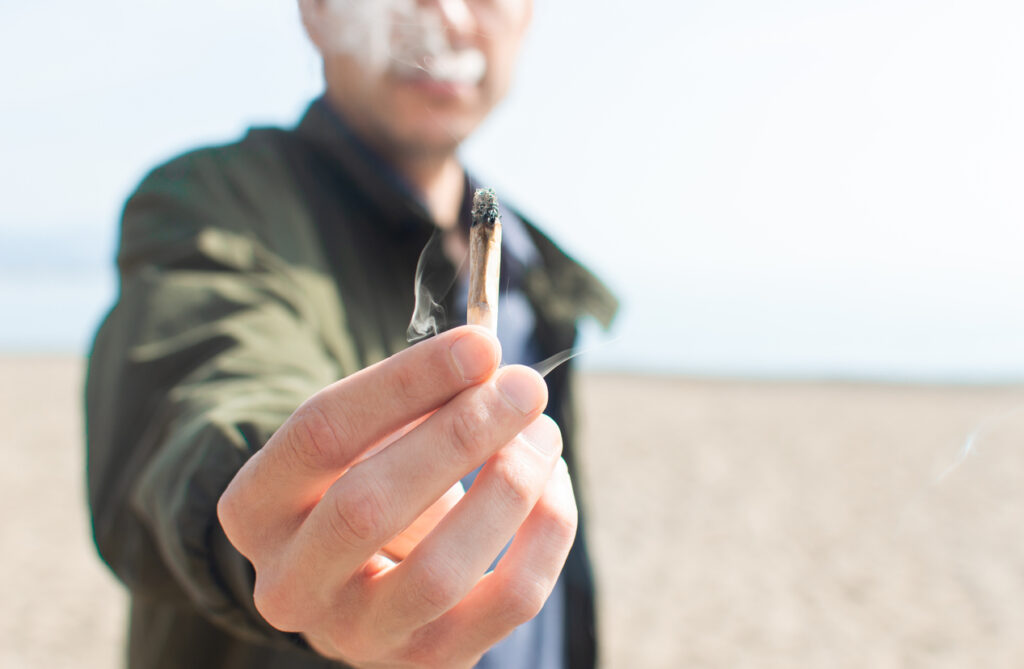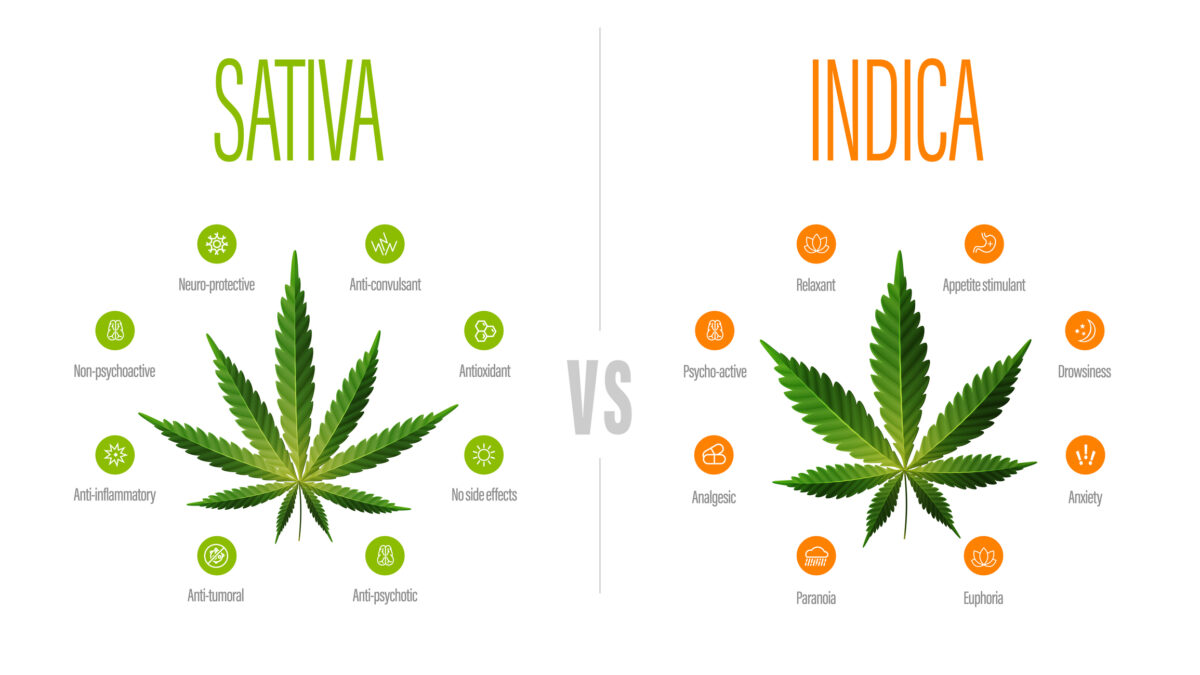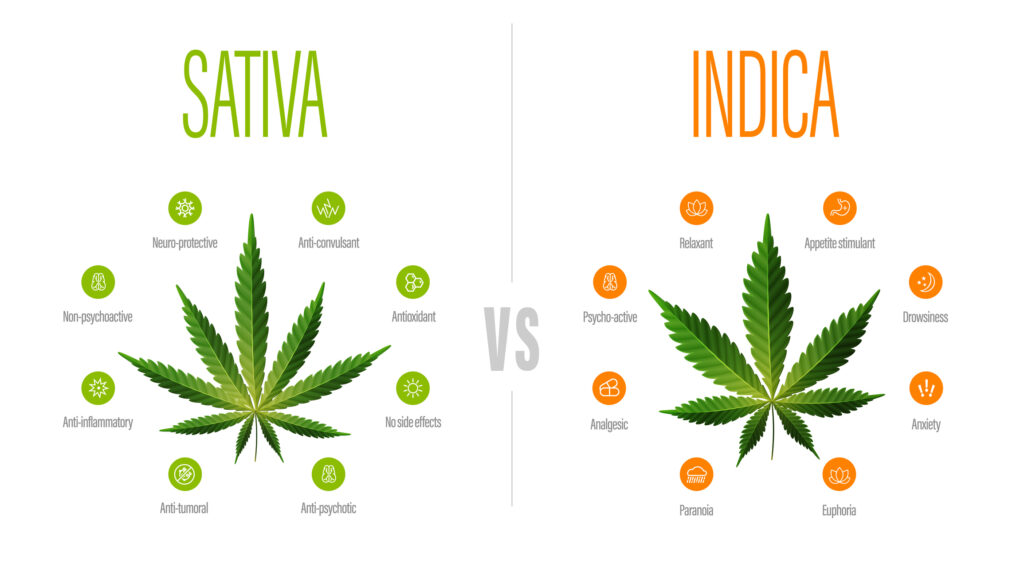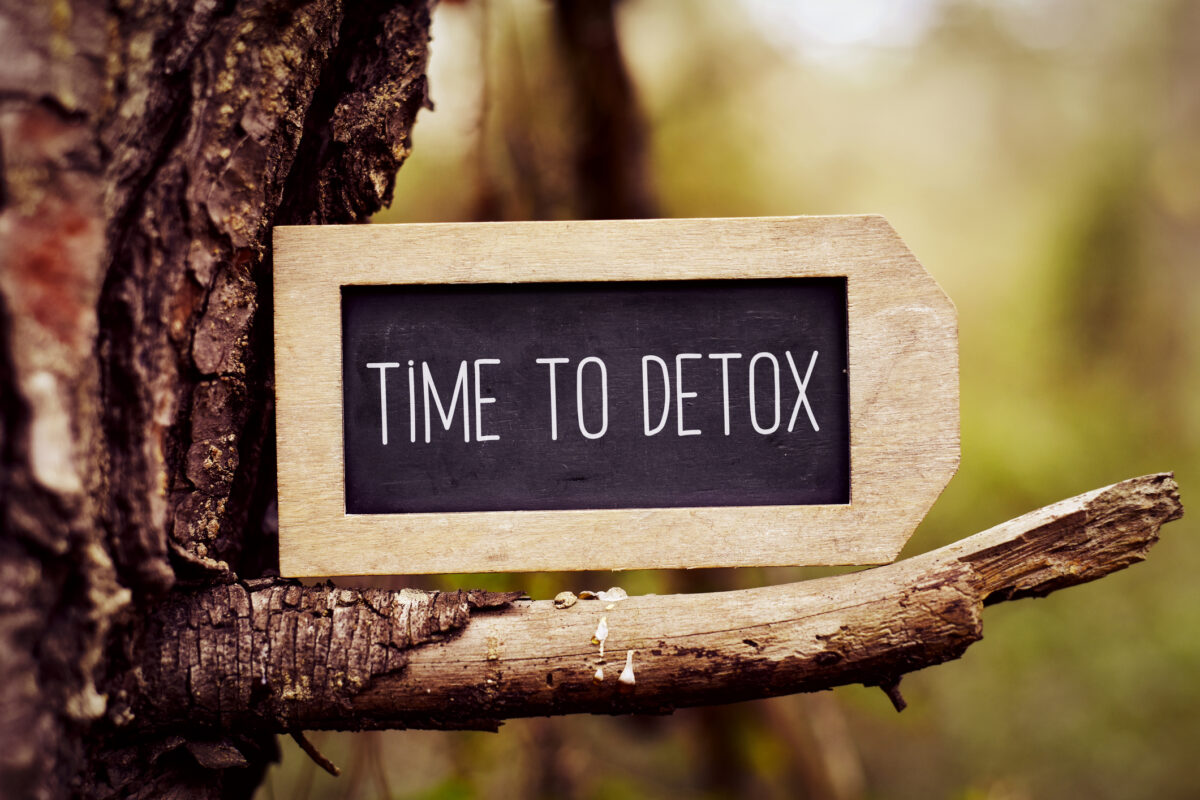Table of Contents
If you’re new to the world of cannabis, it can be hard to know where to start when it comes to joining in on a smoke session. There are many factors involved with ensuring proper etiquette – from rolling and packing the right manner, being conscious of how much cannabis is consumed, being mindful of shared spaces, and respect for others–it can all get overwhelming when not sure where to begin. That’s why we’ve created this beginner’s guide: so that you can learn what goes into Cannabis Smoking Etiquette. We’ll walk you through what it takes to enjoy a smooth and pleasant experience each time. So roll up your sleeves, come along for the ride, and let us take care of all the need-to-know details as you become well-versed in responsible marijuana consumption!

Smoking Etiquette #1: Invest in quality supplies – get yourself a pipe, bong, or rolling papers
Let’s be real; using cheap bongs or rolling paper is like drinking bad coffee – it’s just not worth it. Investing in quality smoking supplies like a pipe, bong, or rolling paper can take your smoking session to a whole new level. Not only will it enhance the taste and overall experience, but it can also be more cost-effective and eco-friendly in the long run. Plus, there’s something truly satisfying about owning a sleek and stylish smoking accessory that you love to show off. So, why settle for subpar when you can upgrade your smoking game with some top-quality supplies? Trust us; your taste buds (and wallet) will thank you.
Smoking Etiquette #2: Know your bud – become familiar with different strains and their effects
Let’s talk about knowing your bud. If you’re a newbie to the world of cannabis, it might seem overwhelming to learn about all the different strains out there. But don’t worry; it’s all about taking it one step at a time. Start by researching some of the more popular strains like Blue Dream or Sour Diesel. Each strain has its own unique properties and can have vastly different effects on the body and mind. For example, some strains may give you a boost of energy, while others might help you relax and unwind. By becoming familiar with different strains and their effects, you can become a more informed consumer and find the perfect bud to suit your needs. So, take a deep breath and dive into the world of cannabis – it’s an exciting journey full of discovery!
Smoking Etiquette #3 Respect your environment – remember to observe the law and be mindful of those around you
When it comes to respecting the environment, it’s not just about picking up trash or recycling – it’s also about being mindful of those around us and following the laws set in place. Whether we’re out in nature or just walking down the street, we all have a responsibility to take care of the world we live in. That means not littering, keeping noise levels down, and being aware of our surroundings. It’s all about small actions that can make a big difference. So, the next time you’re out and about, take a moment to think about how you can respect your environment and the people in it.
Smoking Etiquette #4:
Pass properly – don’t pass the joint or bowl directly to someone else; instead, place it on a table for them to pick up
Hey, PSA time: remember, folks, don’t be a bogart and pass that joint or bowl properly. It’s all about being polite, you know? Instead of just shoving it in someone’s face, take a second to place it on the table or pass it to them at arm’s length so they can take it from you. It’s just basic manners, right? And hey, who doesn’t want to be known as the considerate one in the group? So go forth and pass properly, my friends. Your smoking buddies will thank you for it.
Smoking Etiquette #5:
Don’t over-smoke – it’s polite to take small draws and only smoke what you really need.
Hey there, fellow smoker! We’ve all been there – taking a huge drag of a cigarette, only to cough and sputter like crazy afterward. But did you know that taking smaller draws not only saves you from the unpleasantness, but it’s also a courtesy to those around you? By minimizing the smoke you exhale, you’re doing your part to keep the air cleaner and fresh for everyone. Plus, you’re conserving your precious stash for when you really need it. So, the next time you light up, remember to take it easy and enjoy the flavor of your smoking experience without overwhelming your lungs (or your friends). Happy smoking!
Smoking Etiquette #6:
Offer your share – if you are partaking with others, make sure that everyone gets an equal amount of cannabis
When it comes to sharing cannabis with others, it’s important to remember that everyone deserves an equal amount. Whether you’re passing around a joint or divvying up a bag of weed, be mindful of those around you and make sure everyone gets their fair share. Not only is it the friendly thing to do, but it also ensures that everyone has an enjoyable experience. Plus, sharing is caring, and what better way to bond with friends than over a good old-fashioned smoke sesh? So next time you’re partaking with others, offer your share and spread the love of the green.
As a cannabis enthusiast, it’s important to use your knowledge and experience to better your own sessions, as well as those of the people you partake with. Whether you are new to cannabis or an experienced user, investing in quality supplies such as pipes, bongs, or rolling papers is a good way to ensure quality experiences. Furthermore, never forget to be mindful of the environment around you; always remember laws that regulate your activity and be conscious of those who may not choose to partake with you. Finally, always show respect by passing properly and offering an equal amount if partaking with others. Follow these guidelines and enjoy yourself responsibly!
Smoking Etiquette #7: Respect your fellow smokers – don’t be too loud or obnoxious
Hey, fellow smokers! Let’s talk about respecting each other’s space. I know it can be tempting to get a little rowdy when we’re all hanging out, but let’s make sure we’re not being obnoxious or disrupting the peace. It’s important to remember that just because we all enjoy a smoke doesn’t mean we all want the same kind of environment. So, let’s be mindful of each other’s preferences and keep the volume down a bit. Not only will it enhance everyone’s experience, but it’ll also show that we’re considerate and care about our community. So, let’s keep calm and smoke on!
Smoking Etiquette #8:
Don’t bogart the joint – everyone should get a turn to puff and pass
Hey there, weed enthusiasts! Let’s talk about a crucial part of smoking etiquette – sharing the joint. It’s called “puff, puff, pass” for a reason, folks. Don’t be that person who hogs the joint and takes all the hits to themselves. It’s important to share the love and make sure everyone gets their turn to enjoy the herb. Not only is it courteous, but it’s also a great way to bond and connect with your fellow smokers. So next time you light up, remember to puff, puff, and pass the joint around. Trust us; it’ll make for a much better experience for everyone involved.
Smoking Etiquette #9:
Be mindful of how much you’re smoking – nobody likes a lightweight
Hey, listen up, fellow smokers! It’s time to be mindful of how much we’re smoking. Nobody likes a lightweight, am I right? You might think you’re impressing others by keeping up with the heavy hitters, but trust me, it’s not worth the risk. Not only can smoking too much have negative impacts on your health, but it could also damage your reputation among your smoking circle. So, next time you’re puffing away, remember to take it easy and know your limits. No need to be a hero; just enjoy the buzz and savor the moment.
Smoking Etiquette #10:
Ask before trying someone else’s marijuana – don’t assume it’s ok to do so
Picture this: you’re at a party, having a good time, when suddenly someone passes you a joint. It looks good, it smells good, and you’ve been wanting to try it for a while. But wait! Before you take a hit, you should always ask the person who brought it if it’s okay to partake. Not everyone is comfortable sharing their drugs, and some may even have specific reasons for not wanting to share. Plus, it’s just a common courtesy to ask before using someone else’s stuff. So, next time you find yourself in this situation, remember to speak up and inquire before you inhale. It’s the polite thing to do, and it will help make sure everyone has a good time.
Smoking Etiquette #11: Don’t leave any ashes behind on tables or furniture
Hey there, friend! I gotta say, it’s always a bummer when you’re maybe having a good time at someone’s house, and then you knock over the ashtray, and ashes go flying everywhere. Not only is it a mess to clean up, but it’s also pretty embarrassing. So, let’s make a pact to be a little more mindful when we’re smoking around other people’s homes. Maybe try to keep your cigarette or joint over the ashtray, or even better, step outside to smoke if you can. It might seem like a small thing, but it can definitely make a big difference in keeping friendships and relationships strong. So, let’s keep those ashes where they should be – in the ashtray!
Smoking Etiquette #12: Make sure to dispose of your roaches and butts properly – never in the landfill!
Hey folks, it’s important that we take responsibility for our trash and make sure we dispose of everything properly, especially when it comes to our roaches and butts! And no, we’re not talking about insects or body parts but rather the remnants of our less-than-stellar habits. Unfortunately, too often, these items end up in landfills, which is a big no-no for our environment. So next time you reach the end of your cigarette or joint, toss it in an ashtray or designated bin, and keep our landfills free of unnecessary waste.
By following these simple etiquette tips when puffing and passing, you can ensure a pleasant and respectful experience for everyone involved. Respect goes hand in hand with understanding – smoking cannabis with others is all about connecting on a higher level, exchanging ideas, and making lasting memories along the way. Why not light up your joints together in honor of that connection? After all, as the saying goes, it’s about doing it right – not just once but all of the time – so make sure to always think, “puff puff, pass”! So, get out there, keep your cannabis sessions friendly and courteous, and have some fun while you’re at it!


















